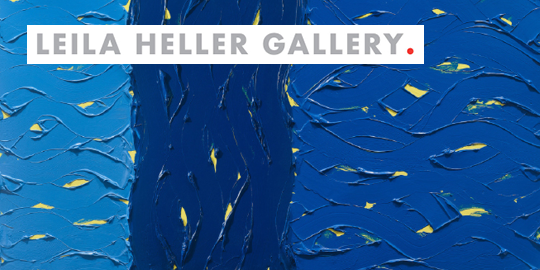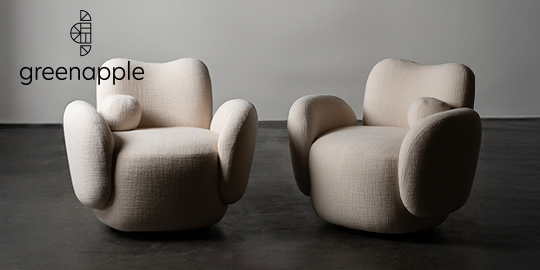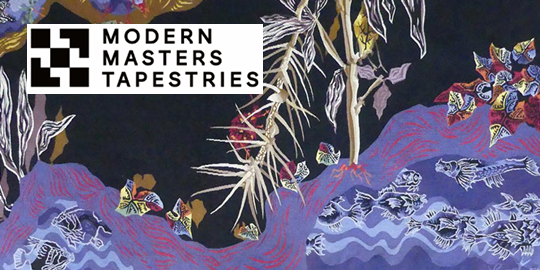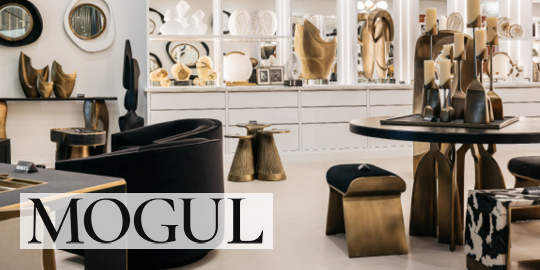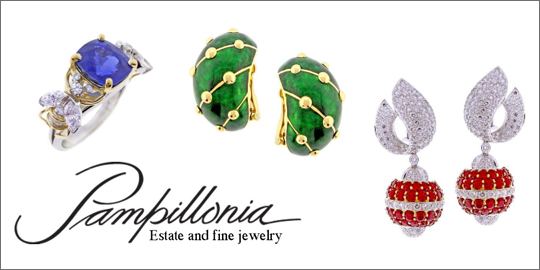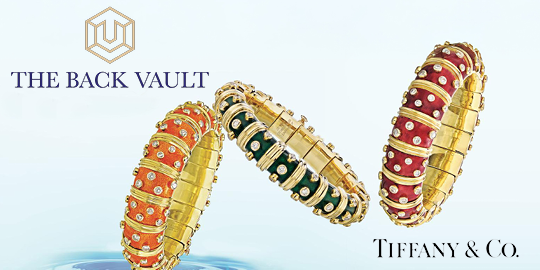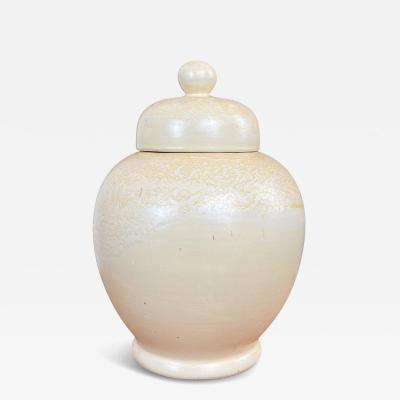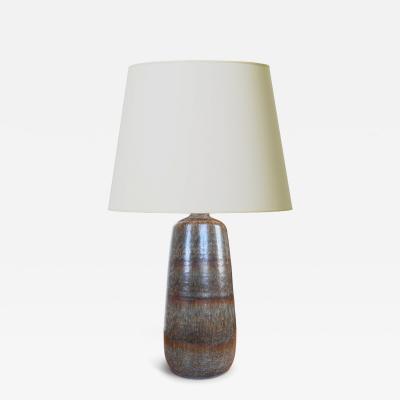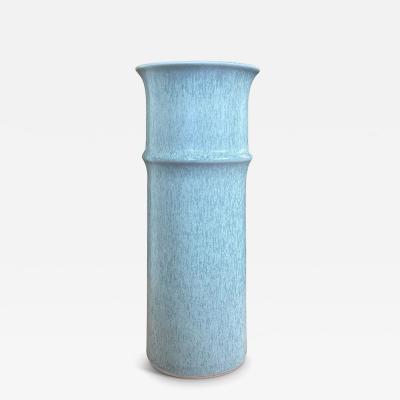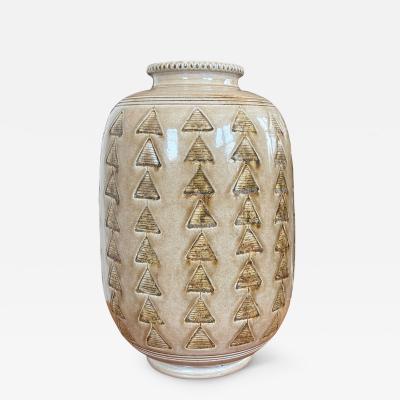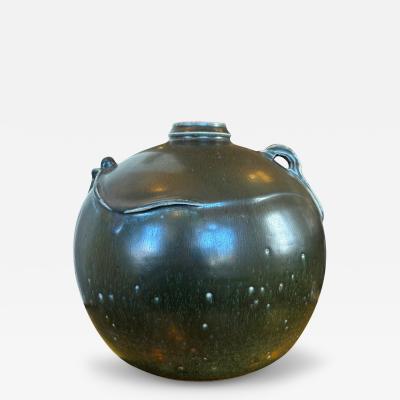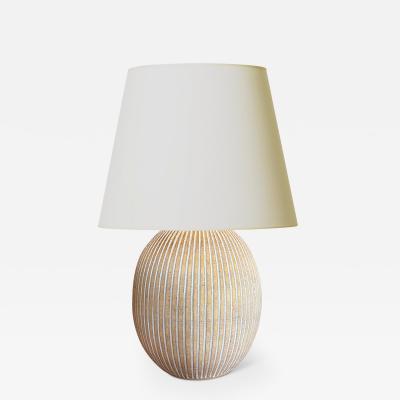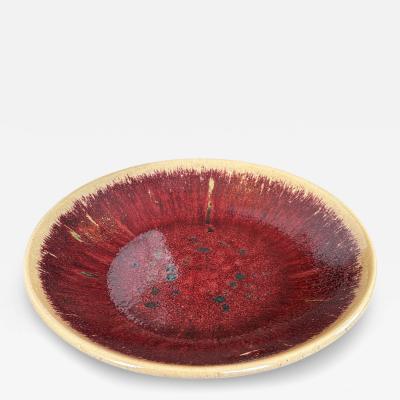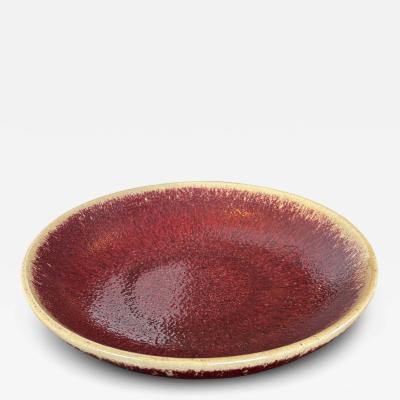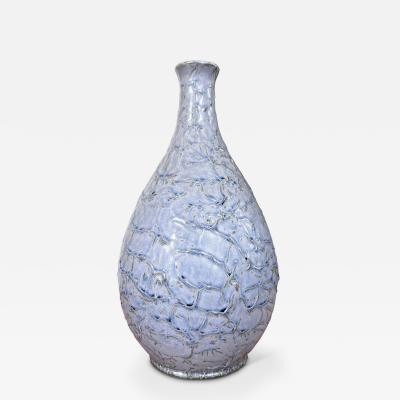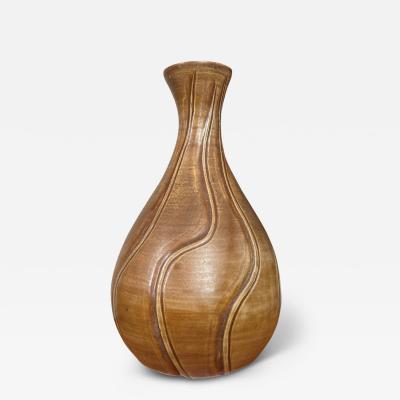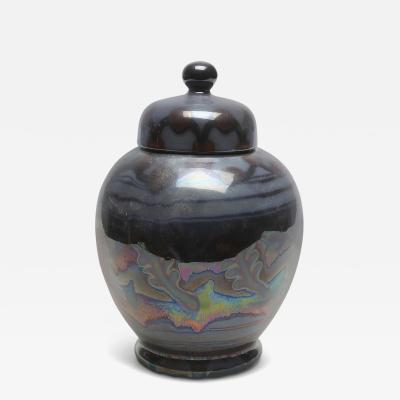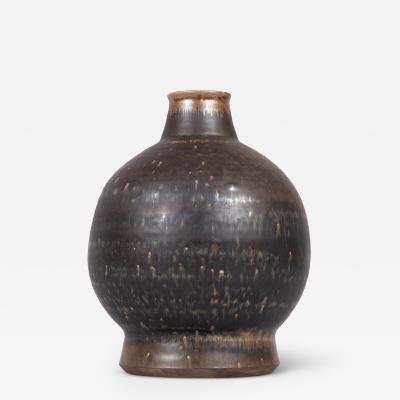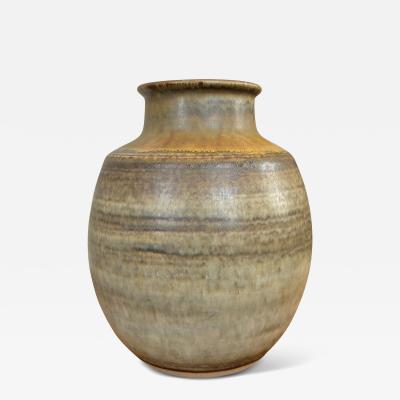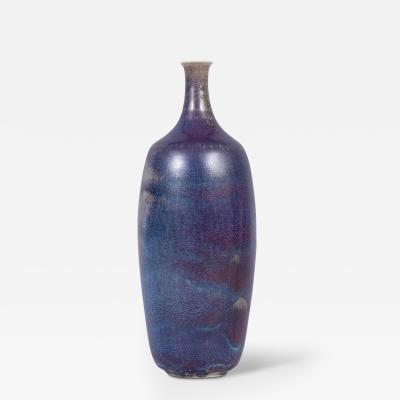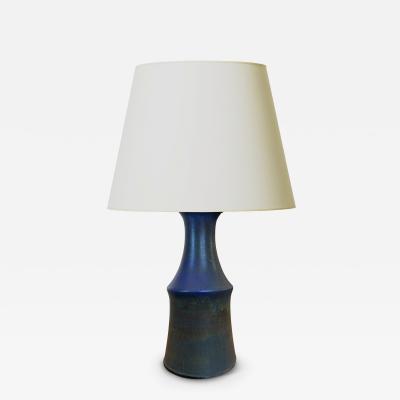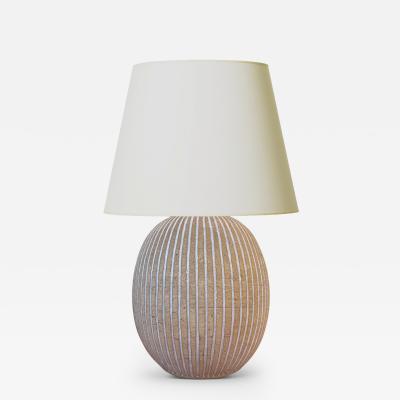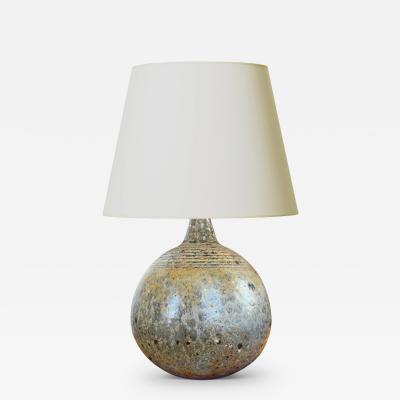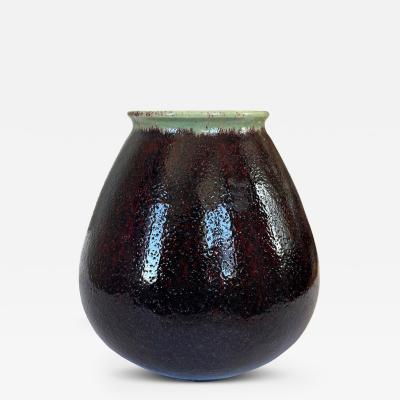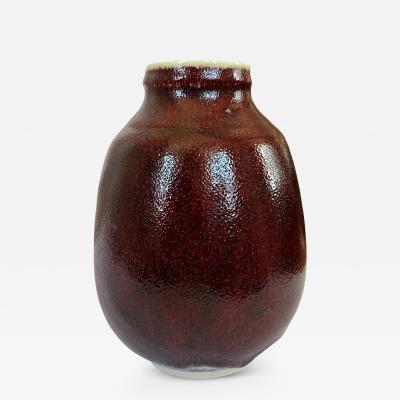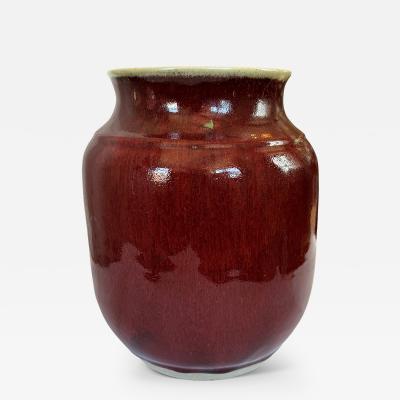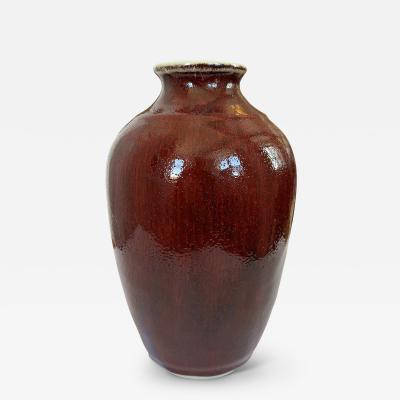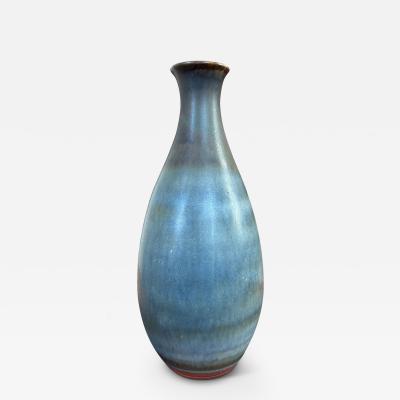Höganäs Keramik
Swedish
Established in 1909, Höganäs Keramik has evolved from its humble beginnings into a renowned design company, now proudly affiliated with the esteemed Iittala Group, alongside celebrated brands like BodaNova, Rörstrand, and Iittala.
Today, Höganäs Keramik offers a diverse array of products, ranging from its signature stoneware to cutlery, glassware, and serving essentials from BodaNova, as well as exquisite porcelain tableware from Rörstrand.
Originating as Andersson & Johansson's Pottery Factory, founded by Sigfrid Johansson, a skilled glazier, and Karl Andersson, a master turner, in 1909, the company initially produced ceramics in earthenware. Despite modest beginnings, the company quickly gained recognition, exhibiting at the Baltic exhibition in Malmö by 1914. By the 1920s, the factory had expanded to accommodate five turntables. Transitioning entirely to stoneware production in 1926, following Höganäs AB's lead, Höganäs Keramik expanded its operations, even manufacturing refractory products like ashtrays with distinctive red glaze during the 1930s.
The 1940s marked a significant period of growth, with Höganäs Keramik doubling its factory size and formally incorporating as a limited company in 1948. The product range expanded to include an array of molds, pots, and pans. Notably, the ceramic series "Old Höganäs" debuted during the H55 exhibition in Helsingborg, drawing inspiration from the timeless charm of light lead-glazed goods from Höganäsbolaget. Throughout this era, the factory collaborated with esteemed artists such as John Andersson, Signe Persson-Melin, and Hertha Bengtsson, further enhancing its reputation for quality craftsmanship and innovative design.
Today, Höganäs Keramik offers a diverse array of products, ranging from its signature stoneware to cutlery, glassware, and serving essentials from BodaNova, as well as exquisite porcelain tableware from Rörstrand.
Originating as Andersson & Johansson's Pottery Factory, founded by Sigfrid Johansson, a skilled glazier, and Karl Andersson, a master turner, in 1909, the company initially produced ceramics in earthenware. Despite modest beginnings, the company quickly gained recognition, exhibiting at the Baltic exhibition in Malmö by 1914. By the 1920s, the factory had expanded to accommodate five turntables. Transitioning entirely to stoneware production in 1926, following Höganäs AB's lead, Höganäs Keramik expanded its operations, even manufacturing refractory products like ashtrays with distinctive red glaze during the 1930s.
The 1940s marked a significant period of growth, with Höganäs Keramik doubling its factory size and formally incorporating as a limited company in 1948. The product range expanded to include an array of molds, pots, and pans. Notably, the ceramic series "Old Höganäs" debuted during the H55 exhibition in Helsingborg, drawing inspiration from the timeless charm of light lead-glazed goods from Höganäsbolaget. Throughout this era, the factory collaborated with esteemed artists such as John Andersson, Signe Persson-Melin, and Hertha Bengtsson, further enhancing its reputation for quality craftsmanship and innovative design.
